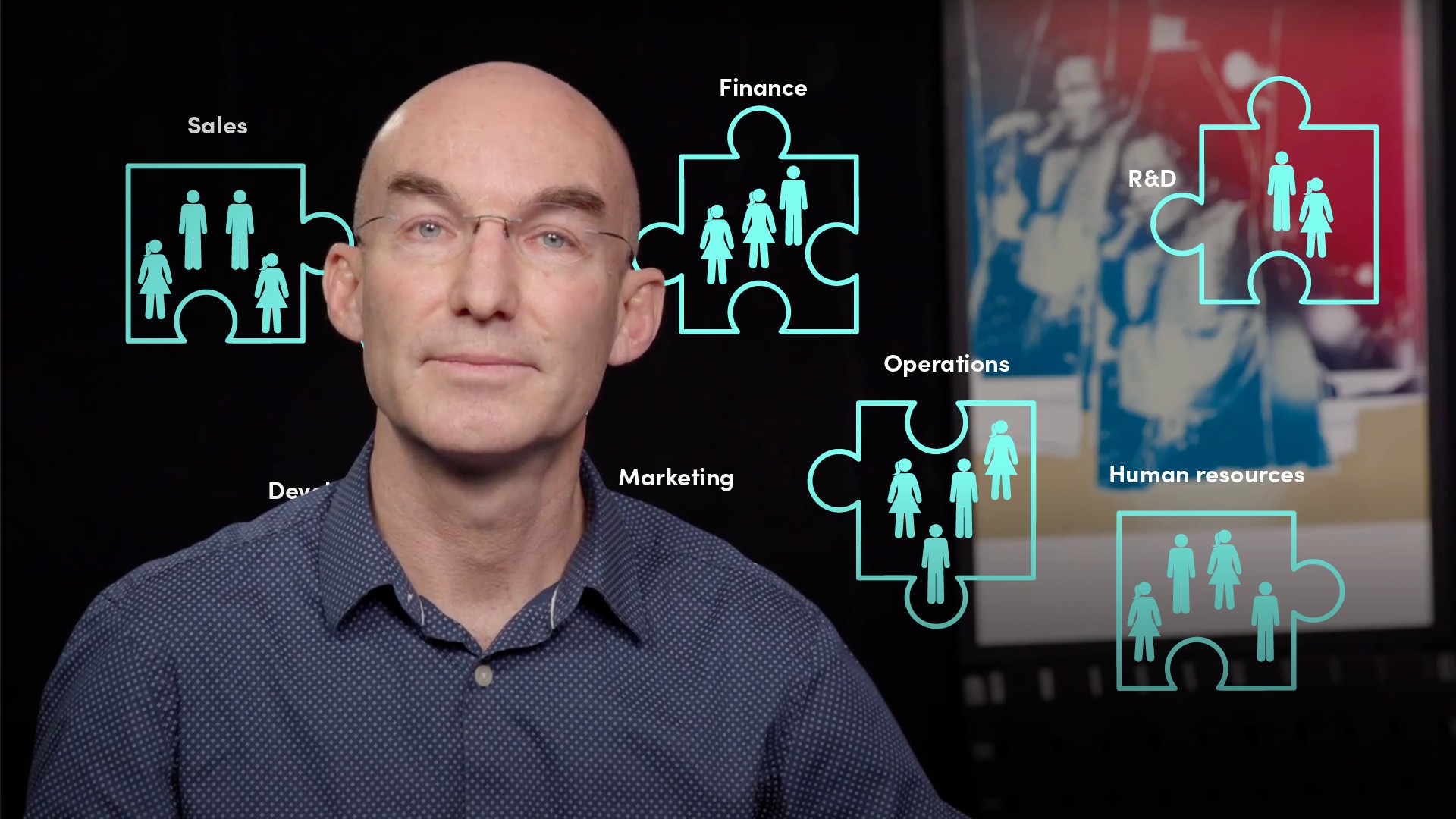
Fundamentals of a Culture Change Capability

Roger Noon
25 years: Behavoural science & culture
In this video, Roger explains the four basic functions of culture change which connect in a cyclical manner, they are "Understanding and learning", "Diagnostics and insights", "Test-and-learn" and "Continuous feedback".
In this video, Roger explains the four basic functions of culture change which connect in a cyclical manner, they are "Understanding and learning", "Diagnostics and insights", "Test-and-learn" and "Continuous feedback".

Fundamentals of a Culture Change Capability
9 mins 49 secs
Key learning objectives:
Outline the four basic functions of culture change capability
Identify what the culture change capability looks like
Overview:
There are four basic functions of culture change capability which connect in a cyclical manner. These are: Understanding and learning; Diagnostics and insights; Test-and-learn; and Continuous feedback. Each of these four capabilities operate at different levels of influence simultaneously, from individuals to teams, functions and regions.
What are the four basic functions of culture change capability?
- Understanding and learning
- Diagnostics and insights
- Test and learn
- Continuous feedback
What does a culture change capability look like?
- Understanding and learning - This role is to build close relations with other practitioners inside and outside the firm and industry, including colleagues, regulators and academia, to learn from established areas of excellence that can help us better understand and define our cultures. Understanding why people act and behave as they do, we have to be: more forensic; scientifically objective; and more humble
- Diagnostics and insights - It focuses on getting really under the cover of the subcultures of an organisation, and highlights the need for depth and context in a reality where one size does not suit all. It means having an ability to synthesise intelligence from a range of data such as: internal and external surveys; culture deep-dives; exit interviews; and risk even root-cause analysis
- Test and learn - The test-and-learn capability is the engine that drives change at individual, sub-culture and wider functional and geographic levels. The prime requirements are: innovation; agility; adaptation. The main aim of this function is to figure out how to influence behavioural change at all levels of the organisation. By experimenting with cultural attributes, we have an opportunity to: change narratives; develop new shared language and group practices; recast work identity; challenge existing power structures
- Continuous feedback - Feedback is essential to individuals, teams and subcultures and is most useful when closely monitoring the experimental outcome. The main purpose of this function is to provide ongoing feedback on how behaviours are changing, on what works and what doesn’t

Roger Noon
There are no available Videos from "Roger Noon"

